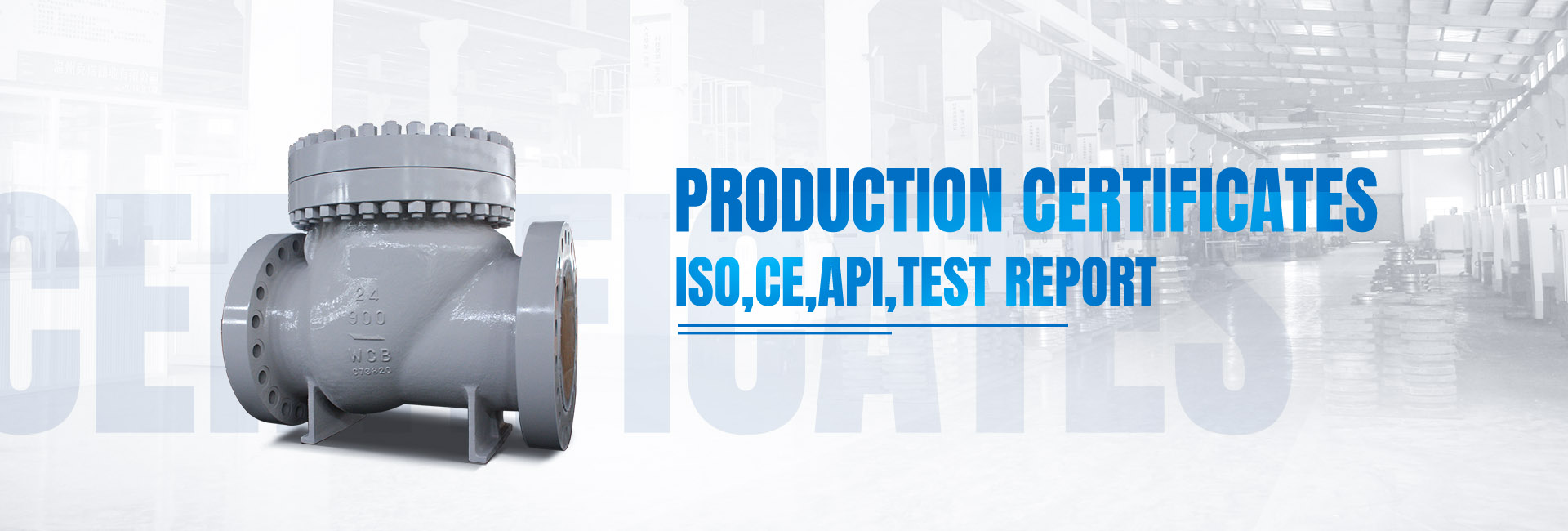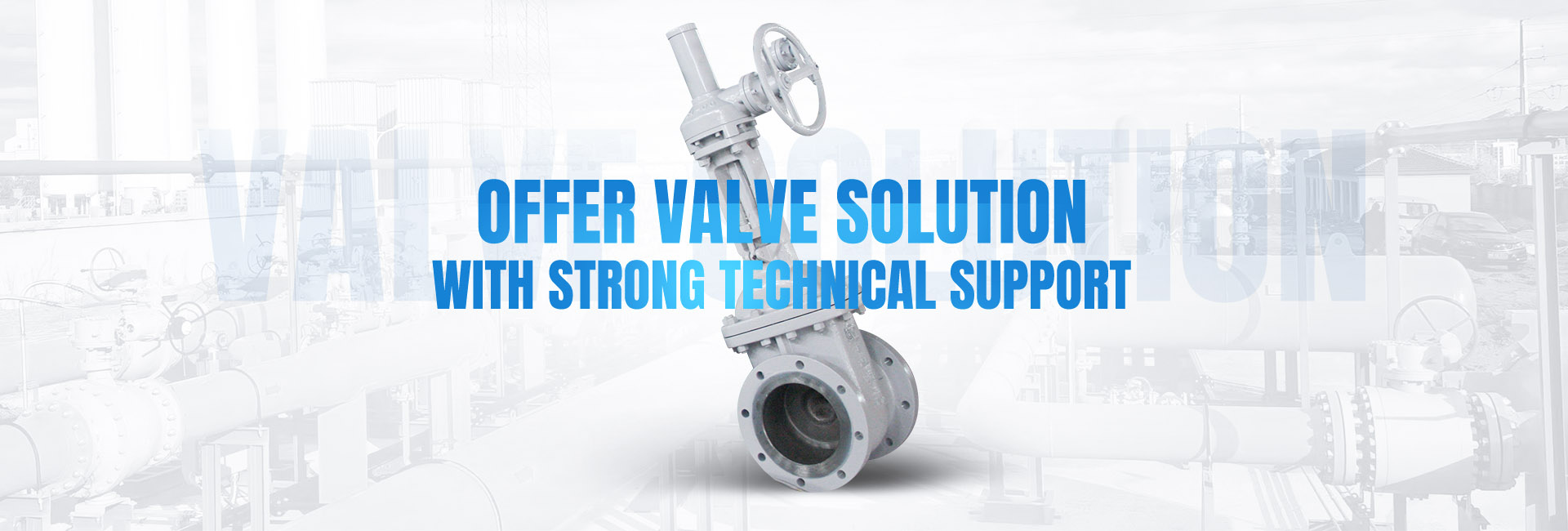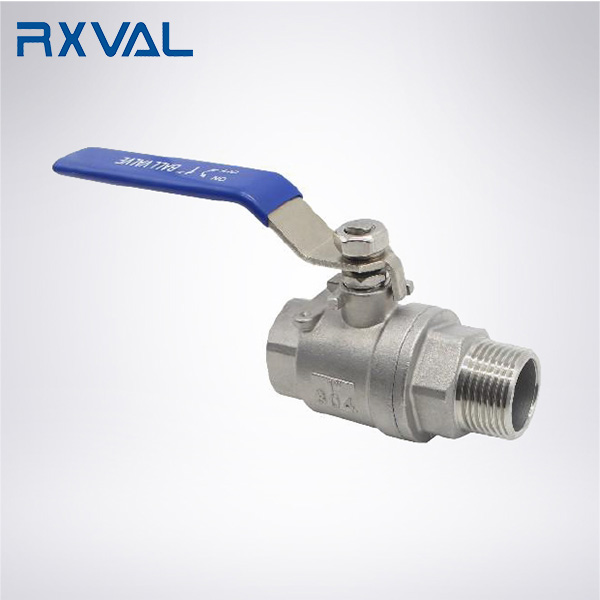If the valve leaks, first we need to find the cause of the valve leakage, and then formulate a valve maintenance plan according to different reasons. The following are the common valve leakage causes and solutions.
1.Body and Bonnet Leaks
Reason:
①The casting quality of is not high, and the body and bonnet have defects such as blisters, loose structure and slag inclusion;
② freeze cracking;
③ Poor welding, there are defects such as slag inclusion, non-welding, stress cracks, etc.;
④The cast iron valve is damaged after being hit by a heavy object.
Maintenance method:
①Improve the casting quality, and carry out the strength test in strict accordance with the regulations before installation;
②For valves working with low temperature such as 0°C or below 0°C, heat preservation or mixing should be carried out, and the valves that are out of use should be drained of accumulated water;
③ The welding seam of the valve body and the bonnet composed of welding shall be carried out according to the relevant welding operation regulations, and the flaw detection and strength test shall be carried out after welding;
④ It is forbidden to push and place heavy objects on the valve, and it is not allowed to hit cast iron and non-metallic valves with a hand hammer. The installation of large-diameter valves should have brackets.
2. Leakage at Packing
The leakage of the valve, The most reason is the packing leakage.
Reason:
①The packing is not selected correctly, it is not resistant to the corrosion of the medium, and it is not resistant to the use of high pressure or vacuum, high temperature or low temperature of the valve;
②The packing is installed incorrectly, and there are defects such as replacing the big with the small, the screw-coiled joint is bad, and the upper is tight and the lower is loose;
③The package has aged and lost its elasticity because it has exceeded its service life;
④The precision of the valve stem is not high, and there are defects such as bending, corrosion and wear;
⑤ The number of packing circles is insufficient, and the gland is not pressed tightly;
⑥ The gland, bolts, and other parts are damaged, so that the gland cannot be compressed;
⑦ Improper operation, excessive force, etc.;
⑧ The gland is skewed, and the gap between the gland and the stem is too small or too large, resulting in wear of the stem and damage to the packing.
Maintenance method:
①The material and type of packing should be selected according to the working conditions;
②The packing should be installed correctly according to the relevant regulations, the packing should be placed and pressed one by one, and the joint should be at 30℃ or 45℃;
③ The packing that have been used for too long, aged and damaged should be replaced in time;
④The stem should be straightened and repaired after being bent and worn, and those with serious damage should be replaced in time;
⑤ The packing should be installed according to the specified number of turns, the gland should be tightened symmetrically and evenly, and the pressure sleeve should have a pre-tightening clearance of more than 5mm;
⑥ Damaged glands, bolts and other components should be repaired or replaced in time;
⑦ The operating procedures should be followed, except for the impact hand-wheel, operate with a constant speed and normal force;
⑧ The gland bolts should be tightened evenly and symmetrically. If the gap between the gland and the stem is too small, the gap should be appropriately increased; if the gap between the gland and the stem is too large, it should be replaced.
3. Leakage of the sealing surface
Reason:
①The sealing surface is unevenly ground and cannot form a tight line;
②The top center of the connection between the valve stem and the closing part is suspended, incorrect or worn;
③The valve stem is bent or improperly assembled, causing the closing part to be skewed or out of alignment;
④ The quality of the sealing surface material is improperly selected or the valve is not selected according to the working conditions.
Maintenance method:
①According to the working conditions, the material and type of the gasket are correctly selected;
②Meticulous adjustment, smooth operation;
③ The bolts should be tightened evenly and symmetrically. If necessary, a torque wrench should be used. The pre-tightening force should meet the requirements and should not be too large or small. There should be a certain pre-tightening clearance between the flange and the threaded connection;
④The gasket assembly should be aligned at the center, and the force should be uniform. The gasket is not allowed to overlap and use double gaskets;
⑤ If the static sealing surface is corroded, damaged, and the processing quality is not high, it should be repaired, ground, and checked for coloring, so that the static sealing surface meets the relevant requirements;
⑥ Pay attention to cleaning when installing the gasket, the sealing surface should be cleaned with kerosene, and the gasket should not fall to the ground.
4. Leakage at the joint of the sealing ring
Reason:
①The sealing ring is not rolled tightly;
②The sealing ring is welded with the body, and the quality of surfacing is poor;
③The connection thread, screw and pressure ring of the sealing ring are loose;
④The sealing ring connection is corroded.
Maintenance method:
①The leakage at the sealing and rolling place should be injected with adhesive and then fixed by rolling;
②The sealing ring should be re-welded according to the welding specification. If the surfacing weld cannot be repaired, the original surfacing welding and processing shall be removed;
③Remove the screw and press ring, clean, replace the damaged parts, grind the sealing surface between the seal and the connection seat, and reassemble. For parts with large corrosion damage, it can be repaired by welding, bonding and other methods;
④The connecting surface of the sealing ring is corroded and can be repaired by grinding, bonding and other methods. If it cannot be repaired, the sealing ring should be replaced.
5. The closing part falls off and leaks
Reason:
①The operation is poor, so that the closing part is stuck or exceeds the top dead center, and the connection is damaged and broken;
②The connection of the closing part is not firm, and it is loose and falls off;
③ The material of the connector is not correct, and it cannot withstand the corrosion of the medium and the mechanical wear.
Maintenance method:
① Correct operation, close the valve can not use too much force, open the valve can not exceed the top dead center, after the valve is fully opened, the hand-wheel should be reversed a little;
②The connection between the closing part and the valve stem should be firm, and there should be a backstop at the threaded connection;
③ The fasteners used to connect the closing part and the valve stem should withstand the corrosion of the medium and have certain mechanical strength and wear resistance.
STAINLESS STEEL BALL VALVE FEMALE / MALE
●Blow-out proof stem
●100% leakage tested
●Floating Ball,Hollow Or Solid Ball
●Anti-Static Spring Device
●Mounting Pad Available
●ISO-5211 mounting pad for actuator (option)
●Female, Male , Female-Male
●Locking device (option)
METAL SEAT BALL VALVE
●Floating Ball or Trunnion Mounted Ball
●Fire Safety Seat Sealing
●Replaceable Seat
●Anti-Static Spring Device
●Blow-out proof stem
●Low Emission
●Double Block and Bleed
●Locking Device
●Acid and Alkali corrosion resistance
●Zero Leakage,
●Working for high temperature up to 540℃
METAL SEAT FORGED TRUNNION MOUNTED BALL VALVE
●Three Piece
●Full or Reduce Bore
●High Performance Sealing Mechanism
●Fire Safety Design
●Anti-Static Spring Device
●Blow-out proof stem
●Low Emission Design
●Double Block and Bleed function
●Locking Device for Lever Operation
●Low Operation Torque
●Self-relief of Excessive Cavity Pressure
●Zero Leakage
●Working for high temperature up to 540℃
Post time: Jun-24-2022






